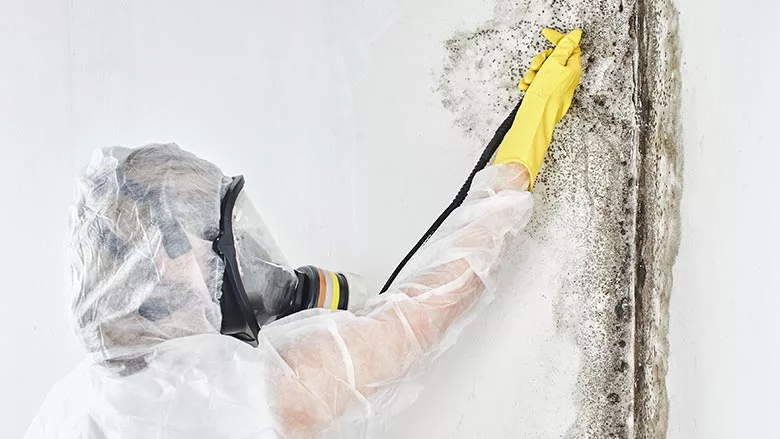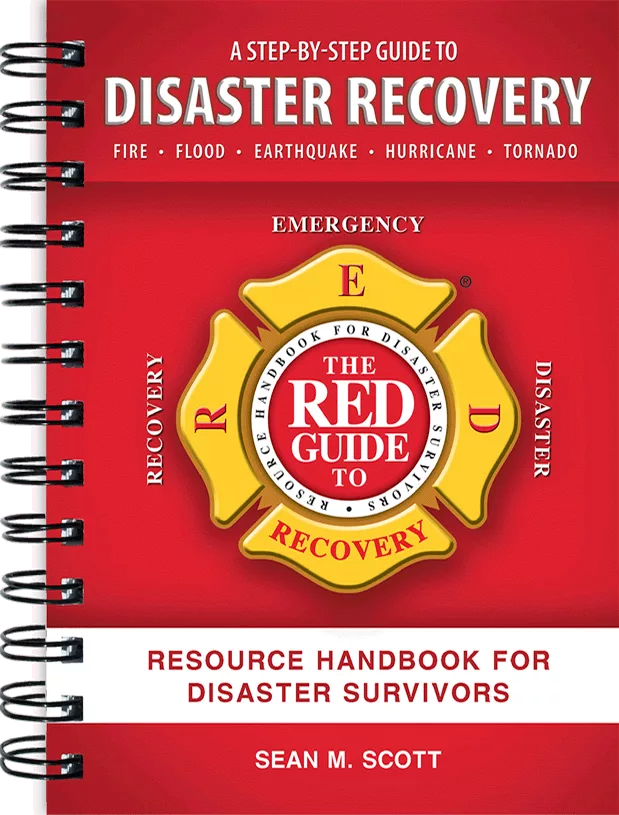Wringing Out the New Year: A Case Study
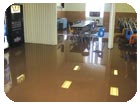
January 2, 8:30 a.m. I’d just settled into my office chair when my phone rang. Little did I know I wouldn’t see that chair again for five days.
The call came from an adjuster asking me to meet him at Enfield High School; there was a water-main break inside. As is normal in the restoration business, I canceled my morning schedule, got in my car and drove to meet him. On the way up to the school, I tried to visualize the size of the loss.
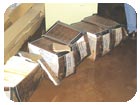
Over the next five days, a Herculean effort was required by well over 100 people to get the school dried out, cleaned up and rebuilt for the kids come Monday morning. According to school officials, there simply was no Plan B; the school had to open.
I’d see this job in my sleep.
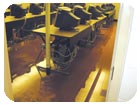
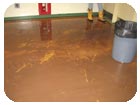
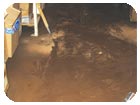
Once I’d seen the scope of the loss, I relayed to my office that this was a major project and would require our large-loss plan to be implemented immediately. We quickly contacted all our division heads; our operations manager arrived already having put all his crew chiefs, sub-contractors and laborers on notice to start gathering equipment and head to the loss site. Our other offices, where we store equipment in trailers and on semis, were ready to roll. It was the drying supervisor’s responsibility for determining how much equipment we would need to dry this out properly.
On a job like this, chaos reigns supreme.

On a job like this, adrenaline starts to flow.
The challenge of such a daunting task invigorates people. I’ve seen it many times before, but I’ve also seen jobs like this spin out of control. With this in mind, we brought in an on-site administrative person to do five things. His job was to make sure that everybody signed in and out; all equipment was logged and recorded; all materials and labor costs were captured; and most importantly, that a schedule was created to which everyone adhered.
It may seem strange to put a schedule together for a job in progress, but without it we never would have been able to determine our labor and equipments requirements. Each room and task was listed and the number of man-hours required to accomplish it was attached. This way, we could easily tell how many people we would need to meet our deadline. Almost on an hourly basis, tasks were being added to the schedule, changing labor and sub requirements.
Our biggest drying challenge was the 6,000-square-foot gym floor. It was completely underwater when we arrived. I’ve seen many flooded gym floors before, and the only fact I know for sure is that you can’t tell if it can be saved or not by just looking at it. I’ve seen relatively small amounts of water ruin an entire floor and large amounts not dramatically affect it. Hard wood is extremely unpredictable. It may hump up and sit back down, or it may not.
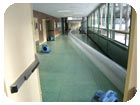
In an area affectionately known as “The Tunnel,” the school had been storing its history for at least 50 years. The Tunnel was a long, dark concrete hallway in the basement filled top to bottom with “stuff.” All that “stuff” was now sitting in thousands of gallons of water and mud. This presented many challenges, not the least of which was a doorway at each end - every time anyone walked out, they tracked big clumps of red mud through the building we were desperately trying to keep clean.
We determined that cleaning the tunnel simply could not wait but a decision had to be made regarding all the contents. We brought in eight large storage containers on roll-off trucks to house what needed to be salvaged, and we discarded the rest. We called in a team of cleaning technicians and gave them the sole focus of cleaning that tunnel. By the time they finished, it was so clean that the school administrators joked about actually holding class there.
In a public school, life safety issues take on an added dimension and every decision had that in mind. All electrical work had to be inspected. If it got wet, it had to be checked, replaced or repaired. Twice during this project, electrical issues not related to water damage caused the power to go out and the fire department to be called. All building materials had to be inspected for asbestos and, if found, be treated accordingly. Having an abatement contractor on hand, as well as an industrial hygienist, was essential. They directed us as to what we could do, what we couldn’t and what the alternatives were.
The original group that promised to meet everyday was true to their word. Each day we reconvened to get a status update and give everybody their marching orders. My guys worked 13-hour days, and would have worked more if necessary. The school administrators and the adjuster worked just as hard. All that work and positive energy started to take on a life of its own. Everyone enjoyed being part such a dynamic effort and wanted to see it succeed.
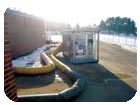
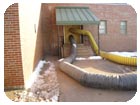
(Note: I’m disappointed to report that the gym floor ultimately had to be replaced but not because it buckled. It had to be replaced because the adhesion between the Rock Oak and the cork below came apart, creating “dead spots” in the floor.)
Looking for a reprint of this article?
From high-res PDFs to custom plaques, order your copy today!
